In this special podcast from the National Astronomy Meeting in Llandudno, we hear how twisted sunspots cause solar flares, how 17th century poetry can put a date on a supernova, and why some pulsars are part-timers. We'll find out how CANDELS and LOFAR can probe the early universe, while DEBRIS looks for dusty disks around stars. Plus, we shed light on your solar science questions!
In this episode
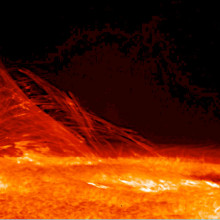
Twisted Sunspots Cause Solar Flares
with Dr Daniel Brown, University of Central Lancashire
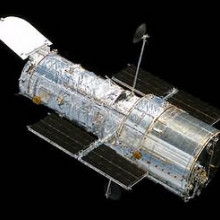
CANDELS Shed Light on Distant Galaxies
with Dr Bruce McLure, Institute for Astronomy, Edinburgh
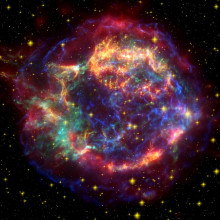
Identifying King Charles' Star
with Martin Lunn MBE and Dr Lila Rakoczy
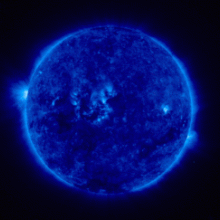
Solar Orbiter and the Solar Wind
with Dr Lucie Green, UCL Mullard Space Science Laboratory
Why does mass cause space-time to bend?
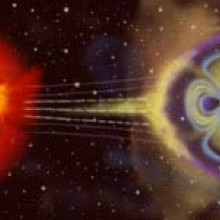
Can the CMB be used as an absolute reference frame?
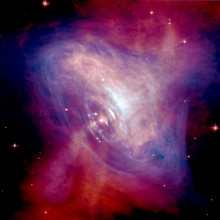
Part-Time Pulsars
with Neil Young, Jodrell Bank Centre for Astrophysics
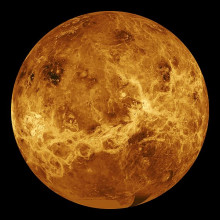
The Grand Unified Theory of Planetary Atmospheres
with Professor Peter Read, Atmospheric, Oceanic & Planetary Physics, Oxford University
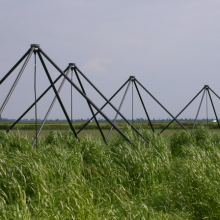
Looking Out with LOFAR
with Dr Karen Masters, University of Portsmouth
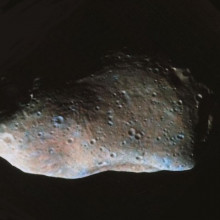
Looking for Dusty Disks with DEBRIS
with Dr Bruce Sibthorpe, UK Astronomy Technology Centre
Why do sun spots increase temperatures on Earth?
How does the plasma in the Sun's core produce the particles that make up the solar wind?
How did hydrogen become the major component of our Sun?
- Previous Diamond Light Source Special
- Next Dna: Chemistry in its element










Comments
Add a comment